
FLEET addresses a grand challenge: reducing the energy used in information technology, which now accounts for 8% of the electricity use on Earth and is doubling every 10 years.
The current, silicon-based technology will stop becoming more efficient in the next decade as Moore’s law comes to an end.
FLEET will meet this challenge by realising new types of electronic conduction without resistance in solid-state systems at room temperature. These concepts will form the basis of new types of switching devices (transistors) with vastly lower energy consumption per computation than silicon CMOS. Electronic conduction without resistance will be realised in topological insulators that conduct only along their edges, and in semiconductors that support superflow of electrons strongly coupled to photons. These pathways are enabled by the new science of atomically thin materials.
The FLEET Node at RMIT University connects Chief and Associate Investigators from the Schools of Science and Engineering, with colleagues in six other Australian Universities and 18 other Australian and international science centres.
The RMIT node is led by Lan Wang, who also leads the Centre’s Enabling Technology Theme B, nano device fabrication and Jared Cole, who is a member of the FLEET theory and computational modelling group.
The RMIT team is focused on the following research themes:
RMIT University leads Fleet Enabling Technology B — Nano-Device Fabrication.
Researchers in this theme focuses on realising novel high temperature quantum anomalous Hall systems in Research Theme 1. They utilise two techniques, exfoliating bulk single crystal and CVD synthesis of nanostructures, to synthesise novel 2D materials in Enabling Technologies Theme A.
Specialised techniques are needed to integrate novel atomically thin materials into high-quality device structures with suitable performance. For example, atomically thin topological insulators will need to be integrated with electrical gates to realise topological transistors, and atomically thin semiconductors must be integrated with optical cavities to realise exciton-polariton condensate devices.
RMIT University is a member of the FLEET research theme 1 – Topological Materials
The first FLEET approach to achieve ultra-low energy electronics is based on a relatively new class of materials — topological insulators, which were recognised by the 2016 Nobel Prize in Physics.
Topological insulators conduct electricity only along their edges, and strictly in one direction. This one-way path conducts electricity without loss of energy due to resistance.
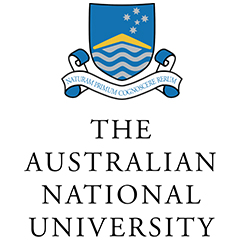
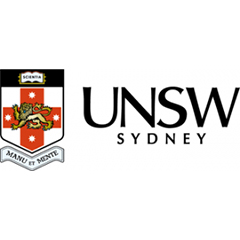
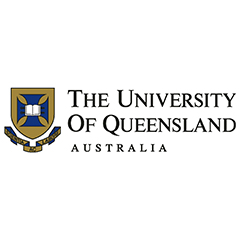
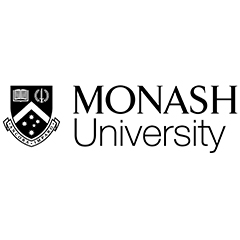
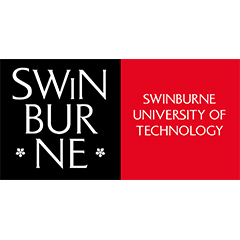
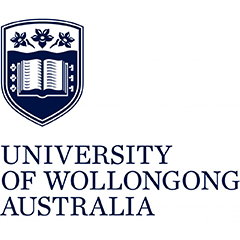
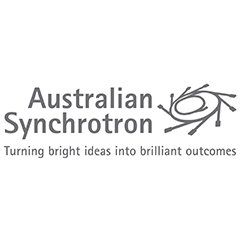
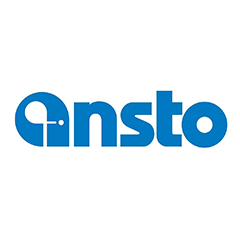

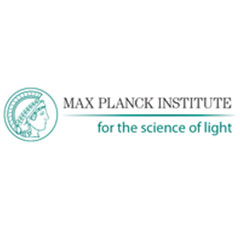
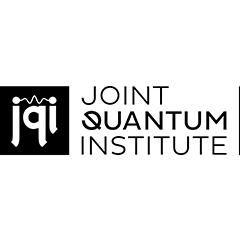
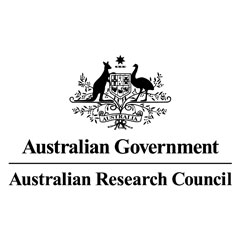
Acknowledgement of Country
RMIT University acknowledges the people of the Woi wurrung and Boon wurrung language groups of the eastern Kulin Nation on whose unceded lands we conduct the business of the University. RMIT University respectfully acknowledges their Ancestors and Elders, past and present. RMIT also acknowledges the Traditional Custodians and their Ancestors of the lands and waters across Australia where we conduct our business - Artwork 'Luwaytini' by Mark Cleaver, Palawa.
Acknowledgement of Country
RMIT University acknowledges the people of the Woi wurrung and Boon wurrung language groups of the eastern Kulin Nation on whose unceded lands we conduct the business of the University. RMIT University respectfully acknowledges their Ancestors and Elders, past and present. RMIT also acknowledges the Traditional Custodians and their Ancestors of the lands and waters across Australia where we conduct our business.